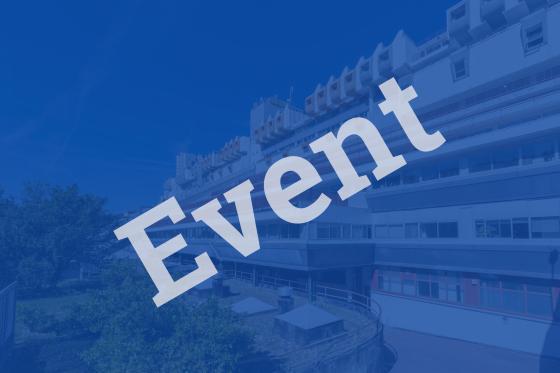-
-
Dipartimento di Fisica
-
Colloquium
Relatori
Dettagli
Gold nanoparticles have a plethora of potential applications in which their interaction with (bio)-molecules is pivotal. Nanoparticles are being explored for in situ diagnostic, targeted drug delivery, and as therapeutic agents themselves. The determinant of their action is their interaction with the biological environment (proteins, cell membranes, nucleic acids...). Understanding such interaction is a challenging task, and computer simulations have the potential to contribute important pieces of the overall, intricate, picture.
We have developed a computational approach that exploits various levels of description for the biomolecule and the gold nanoparticle/surface, leading to a flexible and useful tool to investigate such complicated systems. I will present our work on the interaction between amyloidogenic proteins and gold nanoparticles and surfaces, identifying mechanisms that can lead to promotion or inhibition of protein fibrillation by means of the inorganic material.
Metal nanoparticles also feature a peculiar response to light, as they support localized surface plasmons, collective electronic excitations with a large oscillator strength, tunable resonance frequency and able to locally enhance the applied electromagnetic field. The interaction of such excitations with nearby molecules can strongly modify their optical properties (e.g. Surface Enhanced Raman Scattering). Computational investigations can clarify the microscopic picture of the phenomena and help designing new experiments. We are developing multiscale models for molecules close to metal nanostructures that we have recently exploited to investigate the possibility of launching localized excitations in light harvesting proteins and of manipulating photochemical reactions.
Brief bio: Stefano Corni got his PhD in Chemistry from the Scuola Normale Superiore, Pisa, in 2003. He has been post-doc at the INFM National Research Center S3 in Modena (now CNR Institute of Nanoscience), where he became tenured researcher in 2009. He has been visiting scientist at USI/ETH Lugano and at RMIT, Melbourne. Since 2017 he is full professor of Physical Chemistry at the Dept. of Chemical Sciences, Univ. of Padova. He is interested in the development and applications of multiscale models to investigate several aspects of hybrid systems involving (bio)molecules and inorganic nanostructures. Since 2016 he is the PI of the ERC Consolidator project TAME Plasmons, dedicated to multiscale models for molecular plasmonics.


